Mark Amery's Lowdown #3
Written by
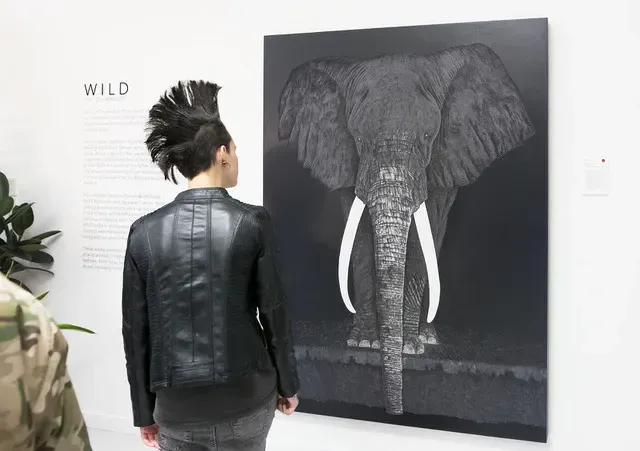
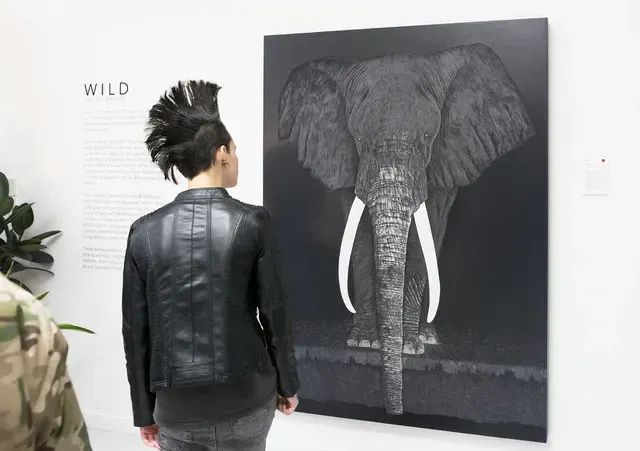
Mark Amery is back with his third instalment of the Arts Media Lowdown, providing you with insightful signposts to the arts in the media over the past fortnight.
“Approaches that once worked, work no longer. Precious as it may be, it is time to recognise that resorting to the ‘critic and conscience of society’ argument alone is not going to hold as a justification for either the existence of the arts or of the traditional university.”
We begin this fortnight’s wrap up of the arts in the media with a brick lobbed at the art glasshouse by design historian Peter Gilderdale in The Spinoff. Responding to much deserved lamentations over plans to disestablish University of Auckland’s fine arts library, for Gilderdale the arts face irrelevance if they can’t find ways to make themselves valuable to an emerging middle class, whose media and courses didn’t include the arts. I only partially agree, but it’s all fuel to a needed fire. Gilderdale sees the absence of the arts in Auckland’s draft ten-year strategy as no accident, and no one could argue that doesn’t raise questions of how the arts are projecting themselves in our society.
“I sometimes wonder whether the arts community entirely realise the depth of the antipathy for, or (what is worse) indifference towards them....”
“I sometimes wonder whether the arts community entirely realise the depth of the antipathy for, or (what is worse) indifference towards them....”
Meanwhile Deborah Hill Cone in the NZ Herald follows a more standard line, bringing back the arts versus sport binary for her harrumph at the proposed Elam library closure. Hill Cone does identify neatly why we still need public institutions and media (those pillars reduced by the neoliberalism Gilerdale discusses) to bullishly promote the arts value.
“The truth is the arts miss out, not just because they are perceived as snobby and airy-fairy and not contributing enough to GDP, but because they challenge our collective defences. Artists carry our shadow. And we don't want to be reminded of the darkness that is in all of us, let alone fund it.”
Artists carry our shadow. And we don't want to be reminded of the darkness that is in all of us, let alone fund it.
Can late May’s Auckland Art Fair help, at all? You may shrug but details have been announced of the works featured in the fair’s Projects section – a section which operates outside the commercial gallery presentations. Curated by Gabriela Salgado (the new Artistic Director, Te Tuhi) and Francis McWhannell, the Projects are refreshingly the result of selecting from an open call out, and feature an interesting bunch of new practice.
Or will public media step up? “New Zealand’s level of public media funding is low compared to similar countries - it’s a shame, it’s an outrage. And it has affected us as a country.” In her speech (reproduced here) to the Better Public Media Trust AGM, broadcasting minister Claire Curran re-emphasised her focus on expanding RNZ into RNZ+ (with the long term goal of free-to-air, non-commercial television service) and increasing funding for NZ On Air.
Or will our image of art forever remain groups of well off people standing around drinking wine? Hats off to the remarkable Sait Akkirman who continues to photograph the openings of Auckland’s gallery scene, providing a peek at the exhibitions you otherwise might not see (and those pictured here proves he does move wittily beyond the wine glass). Check out ‘Been There’ to see just how much Sait gets about to. Arts Diary also features a Auckland exhibition guide (though you might note that not every gallery cooperates). They have recently introduced a ‘Compact Coverage’ section to feature more unpaid content from the likes of pop-up and student shows.
Artists Alliance also now provide nicely-designed scrolling national exhibition and opportunities pages that don’t pretend to be comprehensive but are rather useful.
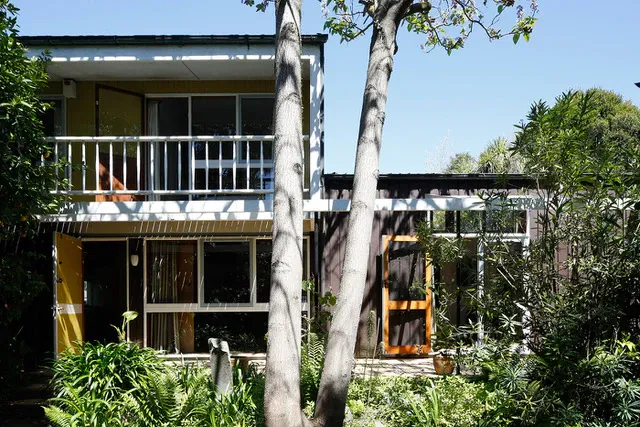
Bill Sutton House. Image Patrick Reynolds
In Christchurch, council has confirmed it will at long last implement an arts strategy. In the wake of this news Warren Feeney has written an opinion piece in The Press on what it needs to address. Feeney may point to Christchurch lagging behind Auckland and Wellington in funding the arts, but not it seems in providing commentary in its metropolitan newspaper. Here’s also a really generous piece by Feeney on artist Miranda Parkes’ time as Frances Hodgkins Fellow in Dunedin.
News also in from Christchurch that the late artist Bill Sutton's former home and studio has been saved from demolition and will be restored and gifted to the city. After Sutton's death, former senior curator at the Robert McDougall Art Gallery Neil Roberts bought the house intending to leave it to the city for an artist residency, but it was sold to the government after being red zoned.
In the provinces
Commercial gallery The Vivian, in the wee weekend magnet Matakana, north of Auckland, probably has the most accessible Facebook presence of all galleries in the country right now with its extensive use of video introductions to work. In this discussion with RNZ’s Standing Room Only The Vivian owner Scott Lawrie is joined by writer Anthony Byrt to discuss the role of provincial galleries, public and private.
What is a clear pressing need for councils regionally is prioritising funding on reviving aging, increasingly tired-looking, earthquake-prone public galleries that haven’t been given the love needed in recent decades. They provide a litmus test for the priority given to the arts in local planning.
Last Lowdown we reported on the Southland Museum and Art Gallery closing indefinitely because of earthquake risk. On the bright side Southland Times reports that the celebrated Eastern Southland Gallery in Gore is unlikely to face the same fate, with no significant risks in occupying their buildings shown as the gallery undergoes structural strengthening.
“This will be the first time the Gore District Council has spent any money on this building in 109 years,” notes Gallery Director Jim Geddes.
In Palmerston North the local arts community have been making themselves heard submitting on the Manawatu long term plan about ensuring the preservation of a separate art gallery within the museum Te Manawa, as part of proposed redevelopment. Since the Manawatu Art Gallery and its distinctive building were amalgamated with the museum it has never recovered as a significant site for art, despite the gallery’s significant collection. In the meantime the gallery closes to the public from July 1 for up to 10 months for much needed repairs and maintenance. No wonder there’s concerns for what happens in the interim.
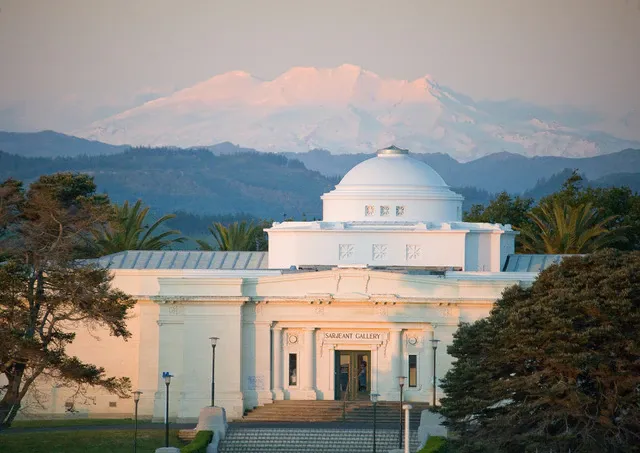
Sarjeant Gallery and Ruapehu
Things are quite different up the road in Whanganui where the $35 million redevelopment of the beautiful Sarjeant Art Gallery was given the go-ahead before Christmas, with a $10 million contribution added by government. Redevelopment starts next year.
The redevelopment project is being celebrated for its success in private fundraising, as demonstrated in this charmingly rough and ready video interview with Nicola Williams from the Sarjeant Gallery Trust at the Wanganui Chronicle (still no ‘h’?) as part of their unglamorous occasional ‘The Coffee Time at the Chron’ video interview series (complete with takeaway coffee).
"A sharebroker said to us 'I admire your guts and determination' but he said 'philanthropy in New Zealand is dead’” says Williams. “And we've proved him wrong, I'd have to say."
Staying in Whanganui, the Sarjeant has announced its new Tylee Cottage artist in residence as Dunedin ceramicist Kate Fitzharris, who is creating a ‘Library of Things’, inviting people to share ceramic objects significant in their daily lives.
And - hold the front page! - Kimbolton (population 250) in the Manawatu this weekend launches an inaugural rural art awards and sculpture exhibition: the Kimbolton Sculpture Festival. The metal hedgehog on the home page indicates you’re not in Cuba Street or K Road now, but on the site there’s a sharp, witty sense of how creativity is part of local community character and that much-used urban word ‘revitalisation’
“Terry Hawkins only gets to work on his art in between giving cars a warrant of fitness or welding a tractor part back together,” writes the Manawatu Standard . “Jason Dench only gets to lose himself in his cavernous workshop in the weekends. But their brains are ticking over about their sculptures all of the time – the creative bit of them, the part they can't wait to get back to.”
Online Content
Public project space Enjoy gallery in Wellington has an outstanding website, and has just launched a new edition of its online Occasional Journal. Curated by Louise Rutledge its focus is on the space for and positioning of performance art with five articles and a Vimeo based work by Sione Monu.
Also in Wellington 2 Dope Teenz (Aaron Pyke and Alayne Dick) are a comedy duo running their own comedy podcast – the latest you’ll find there was recorded live at BATS Theatre
From its Wellington and Auckland premiere Festival seasons David O’Donnell has written this in-depth review of Hone Kouka’s powerful no holds barred play with Tawata Productions Bless This Child, which appears on global website for theatre The Theatre Times. A model example of how an arts review site can work dynamically, also new to the ‘Oceania’ section is Hilary Halba’s review of Dark Dunedin: Heaven Looks On, a promenade theatre work in Prospect park Dunedin with the addition of three episodes of an audio play, engineered by local community radio station Otago Access Radio. The first Dark Dunedin podcast entitled The City was available only to Dunedin listeners at 9 pm on the day of the piece.
Simon Gennard is the current Creative New Zealand Blumhardt Curatorial Intern at Dowse Art Museum in Lower Hutt. Just opened is the exhibition he’s curated Sleeping Arrangements, which stems from what he calls a moment of crisis, “unresolved and unfinished”: the second decade of the AIDS epidemic in the early 1990s. The starting point for the exhibition are a series of quilts by the late Malcolm Harrison. Gennard’s excellent essay for the exhibition can be found online here.
Speaking of essays, this strong piece by Reuben Friend was written on the occasion of clay artist Wi Taepa’s survey opening at Pataka in Porirua. In an unprecedented partnership that Pataka exhibition has now been redeveloped with Auckland Art Gallery, opening 28 April, giving well-due wider recognition to Taepa.
Web based digital art projects remain not that common, but from Wellington there are two current, rather ghostly projects. Meanwhile gallery continue to provide space online, and as part of their Engine Room exhibition at Massey University Hivemind, for four months’ artists Maddy Plimmer and Laura Duffy have been engaged in a conversation through images. You can observe by scrolling through http://hivemind.observer/, a cloud-based open-sourced version of an Artificial Intelligence software which apparently produces images according to the caption the user provides it with. Strange and oddly effecting.
At Contemporary Hum, dedicated to New Zealand artists working overseas, there’s an excellent interview with writer Kevin Ireland about time spent by painter Michael Illingworth in London in 1959.
At Pantograph Punch Ioana Gordon Smith writes on the Pacific Sisters, paying due to the barriers they broke through in the 1990s to help enable the current blossoming of diverse contemporary pacific art practice
And reminding us that we once relied on our alternative musicians to push boundaries of ritual or tikanga when given the wider platform, the Headless Chickens sprinkled the ashes of their late bandmate Grant Fell on stage as they received the Independent Music Classic NZ Record award at the Taite Music Prize, causing offence particularly with Maori musicians. Dutifully receiving media attention in places as farflung as the UK, as Fell’s widow Rachel Churchward put it to the NME:
“We were not setting out to shock or offend anyone, but Grant wanted his ashes scattered in places he loved — and he loved being on stage playing music,” she said. “I understand it’s not in line with tikanga, but we all come from different places and we don’t adhere to every tradition. Music is a big part of our identity too.”
Hussain Mises brought together this substantial piece of oral history on the Headless Chickens from friends and members at The Spinoff.
News and content ideas are welcomed for future editions of Arts Media Lowdown. Please send to mark.amery@thebigidea.co.nz.
Want more of the lowdown? Check out Mark Amery's first issue and second issue of Arts Media Lowdown.
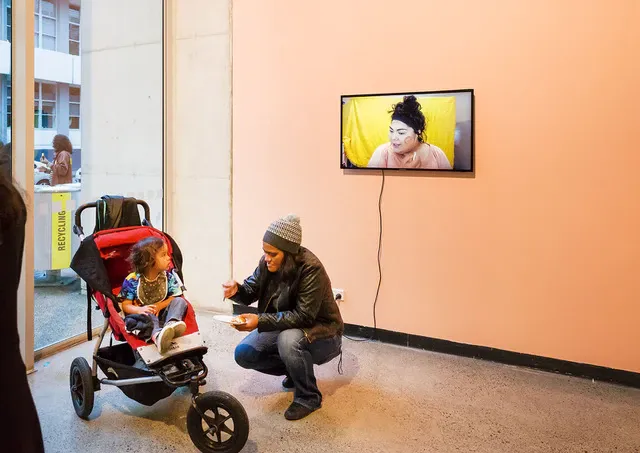
Video by Louisa Afoa at ST PAUL St Gallery Two from the show "Between you and me" also featuring Natasha Matila-Smith and Molly Rangiwai-McHale. Photo courtesy artsdiary.co.nz